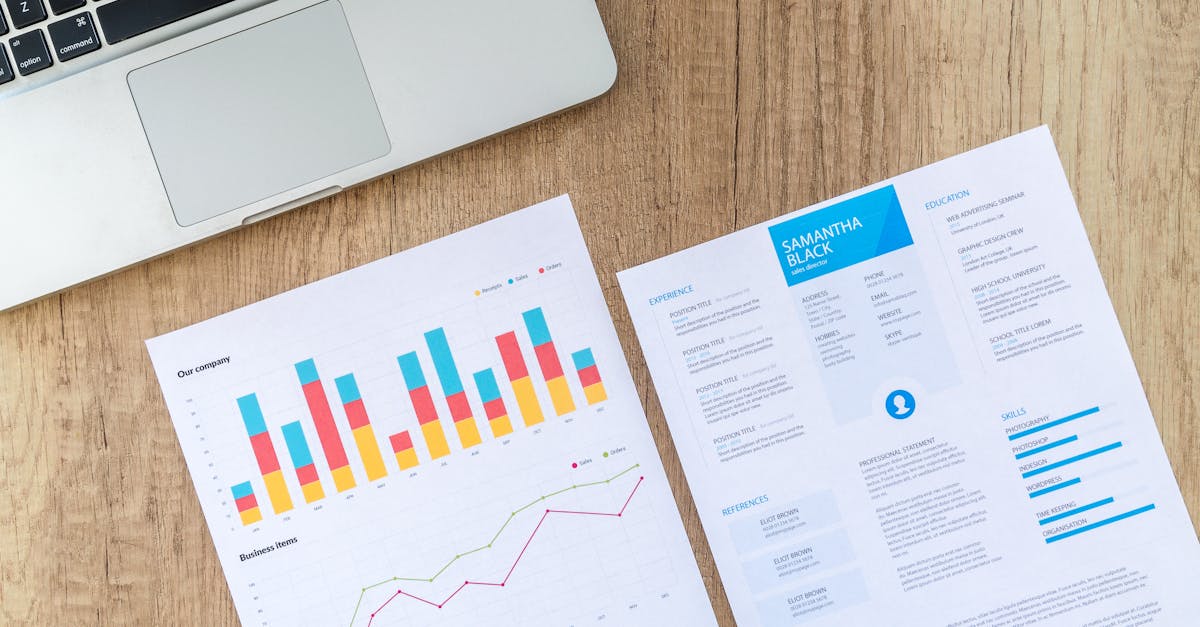When it comes to collecting data for statistical analysis, we know how critical it is to get it right from the start.
You’re here because you understand the power of data-driven decisions, and we’re here to guide you through the process step by step.
Whether you’re a experienced analyst or just starting out, we’ve got you covered.
We get it – the struggle to gather accurate and relevant data can be real. It’s frustrating when you’re faced with messy datasets and incomplete information. Don’t worry, as we’re here to share our proven strategies and tips to overcome these pain points. Say goodbye to data collection woes and hello to insightful analysis.
With years of experience in statistical analysis, we’ve honed our skill to help you find the way in the complexities of data collection with ease. From choosing the right variables to ensuring data integrity, we’ll equip you with the knowledge and tools needed to excel in your analysis. Trust us to be your reliable partner in your data voyage.
Key Takeaways
- Understand the significance of data collection for statistical analysis to ensure reliable ideas and decision-making.
- Define clear research objectives to align data collection with study goals, scope, and audience needs.
- Choose the appropriate data collection method based on research objectives, variables, resources, and available technology.
- Prioritize data quality and integrity through standardized procedures, validation, storage security, quality checks, and training.
- Carry out data cleaning techniques like handling missing data, removing duplicates, standardizing formats, and addressing outliers to improve dataset accuracy.
Understand the Importance of Data Collection
When it comes to data collection for statistical analysis, understanding its significance is critical.
Accurate data serves as the foundation for reliable ideas and smart decisions-making.
Without proper data collection, our analyses may be flawed, leading to misleading endings.
To ensure the integrity of our analyses, we must collect data very careful and with precision.
Each data point is required in painting a full picture of the trends and patterns within our datasets.
Missing or inaccurate data can skew our results and hinder the validity of our findings.
By recognizing the importance of data collection, we can optimize the quality of our analyses and improve the credibility of our endings.
Key to approach data collection methodically and thoroughly to yield meaningful results that drive smart decisions-making.
After all, the quality of our data directly impacts the reliability of our analyses and the outcomes they inform.
Thinking about a dedicated approach to data collection lays the groundwork for successful statistical analysis and enables us to extract useful ideas from our data.
For more ideas on the significance of data collection, you can refer to this informative guide from DataScience.com.
Define Your Research Objectives
When collecting data for statistical analysis, the first step is to clearly define your research objectives.
This entails outlining the goals, purpose, and scope of your study to ensure that data collection is matched the intended outcomes.
Without well-established objectives, the data gathered may not address the key questions or provide meaningful ideas.
To define your research objectives effectively, consider the following key points:
- Identify the research question: Clearly formulate the specific question or problem that your statistical analysis aims to address.
- Outline the scope: Determine the boundaries and limitations of your study to focus data collection efforts on relevant information.
- Set measurable goals: Establish clear, quantifiable objectives that will guide the data collection process and evaluation of results.
- Consider the audience: Understand the target audience or stakeholders for your analysis to ensure that the collected data meets their informational needs.
By defining your research objectives upfront, you can streamline the data collection process, increase the relevance of gathered data, and improve the total effectiveness of your statistical analysis.
For further ideas on effective data collection strategies, refer to this guide on research methodology.
Choose the Right Data Collection Method
When it comes to choosing the right data collection method, we must consider the nature of the research and the desired outcomes.
Here’s how we can effectively select the appropriate method:
- Understand the Research Objectives: We need to align the data collection method with the research objectives. By clarifying what questions we aim to answer, we can determine the most suitable approach.
- Consider the Variables: It’s super important to identify the variables that need to be measured. Different data collection methods are available for quantitative and qualitative variables.
- Evaluate Time and Resources: We must assess the available resources in terms of time and budget. This will help us choose a method that is feasible and efficient.
- Investigate Various Methods: There are numerous data collection methods available, including surveys, interviews, observations, and secondary data analysis. We need to select the method that best suits our research.
- Use Technology: In modern digital era, technology offers innovative data collection tools that can streamline the process and improve accuracy.
By carefully considering these factors, we can select a data collection method that fits our research objectives and ensures the reliability and validity of our findings.
For further ideas on data collection methods, refer to this article on data collection techniques.
Ensure Data Quality and Integrity
When collecting data for statistical analysis, it’s critical to prioritize data quality and integrity.
Ensuring that the data collected is accurate and reliable is key for drawing meaningful endings.
Here are some key strategies to maintain data quality and integrity:
- Standardize Data Collection Procedures: We must establish clear and consistent protocols for collecting data to minimize errors and inconsistencies.
- Validate Data Entries: Double-checking and validating data entries can help identify and rectify any inaccuracies early in the process.
- Secure Data Storage: Protecting data from unauthorized access and ensuring data confidentiality is indispensable to maintaining data integrity.
- Carry out Data Quality Checks: Regularly conduct quality checks to spot anomalies or discrepancies in the collected data.
- Use Data Validation Tools: Using data validation tools and software can streamline the validation process and improve data accuracy.
- Train Data Collectors: Properly training individuals responsible for data collection can help mitigate errors and ensure data integrity throughout the process.
For further ideas on maintaining data quality during statistical analysis, consider exploring resources from National Institute of Standards and Technology.
Carry out Data Cleaning Techniques
When collecting data for statistical analysis, putting in place data cleaning techniques is important to ensure the accuracy and reliability of the dataset.
Here are some key steps to effectively clean the data:
- Identify and handle missing data: We need to address any missing values in the dataset to prevent biased results.
- Remove duplicates: Eliminating duplicate entries avoids skewing the analysis results and provides a more accurate representation.
- Standardize formats: Ensuring consistency in data formats helps in data interpretation and processing.
- Handle outliers: Identifying and addressing outliers is critical to prevent them from influencing the statistical analysis.
By routinely applying these data cleaning techniques, we improve the quality of the dataset and improve the validity of our analytical outcomes.
For more in-depth guidance on data cleaning best practices, you can refer to the resources provided by the National Institute of Standards and Technology.




